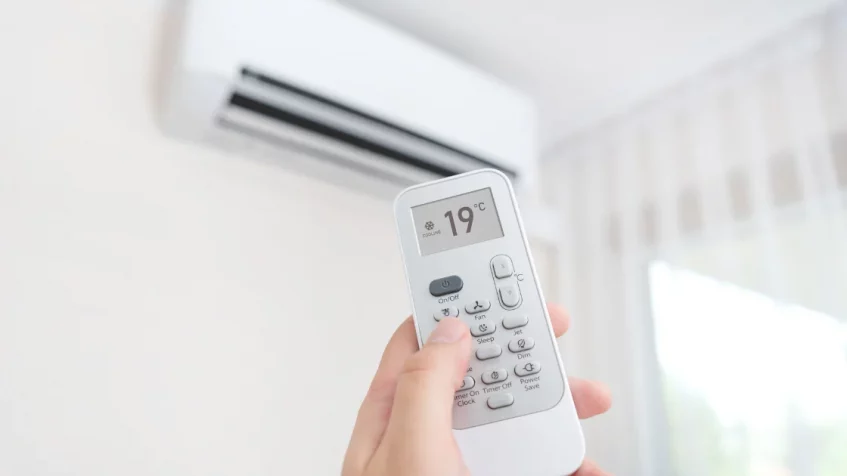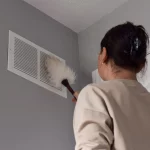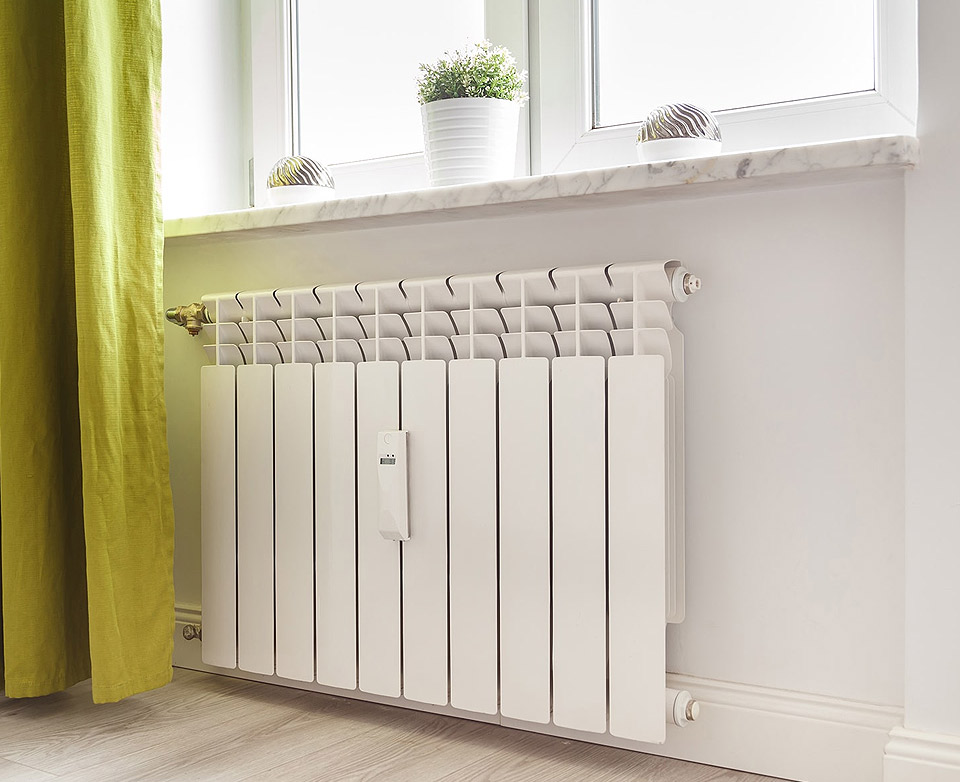
Humidifiers vs. Dehumidifiers: A Comprehensive Guide to Choosing the Right One for Your Home
Maintaining the ideal humidity level in your home is vital for both comfort and health. When humidity levels are too high or too low, it can lead to various problems. This is where humidifiers and dehumidifiers come into play, each serving a unique purpose. In this comprehensive guide, we’ll delve into the world of humidity control, providing valuable insights and practical tips to help you choose between humidifiers and dehumidifiers and maintain a perfect indoor environment.
Understanding Humidity
Before diving into the specifics of humidifiers and dehumidifiers, it’s crucial to grasp the concept of humidity. Humidity refers to the amount of moisture or water vapor present in the air. It’s typically measured as a percentage, with 100% humidity indicating the air is fully saturated with moisture, and 0% humidity meaning the air is completely dry.
The Role of Humidifiers
Humidifiers are devices designed to increase the humidity levels in a room. They are commonly used during the dry winter months to combat the discomfort caused by low humidity. Dry air can lead to issues like dry skin, irritated sinuses, and static electricity. Humidifiers release moisture into the air, alleviating these problems and enhancing overall comfort.
Types of Humidifiers
There are several types of humidifiers to choose from:
- Ultrasonic Humidifiers: These use high-frequency vibrations to create a fine mist. They are quiet and energy-efficient.
- Evaporative Humidifiers: These work by blowing air through a wet wick or filter. They are simple and effective but may be noisier.
- Steam Humidifiers: Steam humidifiers boil water and release steam into the air. They are effective at raising humidity levels but consume more energy.
- Impeller Humidifiers: These use a rotating disk to disperse water into a fine mist. They are suitable for larger spaces.
The Role of Dehumidifiers
Dehumidifiers, on the other hand, are designed to reduce humidity levels. They are essential in spaces with excessive moisture, which can lead to issues like mold growth, musty odors, and respiratory problems. Dehumidifiers work by drawing in air, cooling it to condense the moisture, and then reheating it before releasing it back into the room.
Types of Dehumidifiers
Dehumidifiers come in two main types:
- Refrigerative Dehumidifiers: These are the most common type and work by using a refrigeration cycle to cool and then reheat the air, extracting moisture in the process.
- Desiccant Dehumidifiers: These use a desiccant material to absorb moisture from the air. They are typically quieter and more effective in low-temperature environments.
Choosing the Right Device
The choice between a humidifier and a dehumidifier largely depends on your specific needs:
- For Dry Indoor Air: If you experience dry skin, chapped lips, or respiratory discomfort in your home, a humidifier is the solution.
- For Excess Moisture: If you notice condensation on windows, musty odors, or signs of mold and mildew, a dehumidifier is necessary.
- Year-Round Comfort: In some cases, both devices may be required. For example, you might need a humidifier in the winter when the air is dry and a dehumidifier in the summer when humidity levels rise.
Maintenance and Best Practices
Both humidifiers and dehumidifiers require regular maintenance to function efficiently. Some essential tips include:
- Cleaning: Regularly clean and disinfect the device to prevent the growth of mold or bacteria.
- Water Quality: Use distilled water to avoid mineral buildup, especially in humidifiers.
- Humidity Monitoring: Invest in a hygrometer to keep an eye on humidity levels and adjust your device accordingly.
- Placement: Position your device strategically to achieve even humidity distribution.
- Energy Efficiency: Opt for energy-efficient models to reduce operating costs.
Conclusion
Balancing humidity levels in your home is essential for your well-being. Whether you choose a humidifier to combat dry air or a dehumidifier to combat excess moisture, understanding your needs is key. These devices provide valuable solutions for creating a comfortable and healthy indoor environment. By following best practices and regular maintenance, you can enjoy the perfect humidity level year-round, ensuring a more pleasant and healthier living space for you and your family.










